I was living in Japan when I made the life changing decision to go vegan. All signs pointed towards YES: this was absolutely the compassionate, conscious and ecologically friendly lifestyle that I was meant to be living. There was only one problem. I hadn’t the slightest clue where to begin in this country in which I was a gaijin, or foreigner.
So I took the easy route and remained an overseas omnivore until I was to return toCanadatwo months later. Once inCanada, my transition was seamless and painless, namely because had I planned it to coincide with my move into an Ashram where all my meals were prepared for me in this vegan newbie sanctuary. When it dawned on me that I wasn’t going to be living in the Ashram forever, I asked to work in the kitchen to pick up some vegan cooking skills. I chopped veggies, massaged kale salads, whipped up pates, experimented with tahini, learned the fine art of baking with Earth Balance, and engaged in oh-so-many more culinary adventures until my journey lead me back toJapanfour months later.
Back in Japan, the place that nearly hindered me from going vegan to begin with, I was prepared for impending challenges. I had armed myself with tofu know-how and miso expertise and I had studied up on my seaweed, becoming intimate with all the local varieties – everything from arame to wakame. In a country where many have never heard the word vegan (even in its Japanese adapted form, BEE-gun), I was sure to learn the native foods that were naturally compatible with my diet.
You might also enjoy these related articles:
- Sushi Time! Your Guide to the Wonderful World of Vegan Sushi
- Socializing as a Vegan Gal: Navigating Social Outings Without them Turning into Chaos
- Dining Out Vegan Style: Things You Might Want to Consider
I was surprised by how many traditional Japanese dishes were already vegan and by all those I could adapt to suit my needs. When I got soy beaned-out I would frequent the international supermarket for some non-Japanese essentials such as quinoa, almond milk, nutritional yeast and flax seeds.
The real issues emerged when it came to eating out, a favorite Japanese pastime. A lot of dishes were misleading – everything about them appeared vegan but something smelled fishy. And, quite literally, they were. Unassuming dishes such as miso soup or pasta with tomato sauce were made with fish stock. Eating out became a chore and I soon started turning down a lot of dinner invites, that is, until I discoveredTokyo’s best-hidden secret: a thriving vegan restaurant scene! Japanese Vegan restaurant guide to the rescue, I would pull it out before dinning out and found that my non-vegan Japanese friends were more than happy to experiment with meatless food.
What I discovered through these veg eating ventures was that within Japanese food culture exists two varieties of inherently vegan foods: shojin ryori (Buddhist temple food) and Macrobiotics (a dietary movement focused on grains and complimented by vegetables, while avoiding highly processed or refined foods). They both rocked my world.
Being unversed in kanji, the Chinese characters that make up the majority of Japanese words, another problem I ran into was reading labels. As a new vegan it can be difficult enough remembering what is and isn’t vegan but with the added challenge of a foreign language it becomes mind-boggling. So I did what any determined and disciplined vegan would do. I learned and wrote down the characters for milk, eggs, and all other undesirable ingredients, and carried the list around as my bible. It was a momentous occasion when I discovered a chocolate bar in the convenience store that was actually vegan. It took me about five minutes to filter through the ingredients list but I was beyond elated when it came out vegan friendly. When I tired of staring at foreign characters I brought my Japanese boyfriend or friends along to translate. Having someone fluent in the native language is a huge asset when it comes to both label reading and eating out.
Throughout all my trials and tribulations as a vegan in an uncultivated vegan land I maintained my effort to seize the opportunity to grow through challenge. Staying serene and refraining from blame when no one around me understood where I was coming from became part of my spiritual practice as the last thing I wanted to do was give veganism a bad name. In a country where the concept of veganism is so unfamiliar I jumped on every chance I could to speak my truth and plant seeds of what it means to eat consciously. I did my best by embodying nonviolence in my words as well as actions. No surprise, kindness was always reciprocated.
In sum, these obstacles have taught me a few things about what it takes to be a happy overseas vegan.
If you’re planning on travelling, here are some tips:
- Study the local cuisine and know before going what is and isn’t vegan.
- Be experimental and try vegan friendly things that may appear, at first, less than appealing (anyone who’s ever tried natto, aka fermented soybeans that smell like socks, will know what I’m talking about here).
- Scout out international food markets if you’re in a big city.
- Invest in a good vegan restaurant guide or check out happycow.net for local vegan restaurants.
- Learn the lingo. Well, at least how to ask for what you want and don’t want. If possible buddy up with a local who can be your translator/interpreter. Vegan locals = a mega plus.
- Keep your sense of humor if you are embarking into veganless territory; when all else fails, laugh. And pack nuts and seeds, lots and lots of nuts and seeds. Perhaps your favorite bottle of wine…
- Finally, remain as open to challenge as a window to the spring breeze, or at least try. It will inevitably arise and, as I mentioned above, can be a catalyst to personal growth and self-knowledge if approached in the right way.
Bon (veggie) voyage!



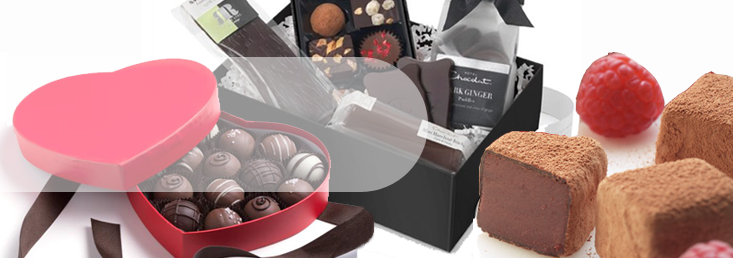






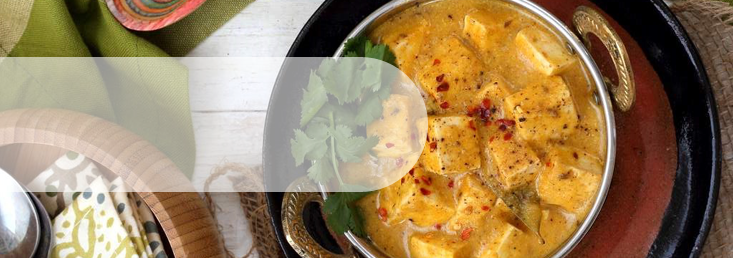



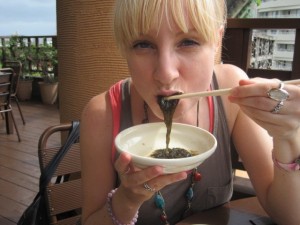
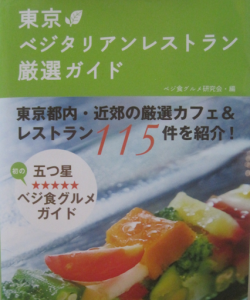
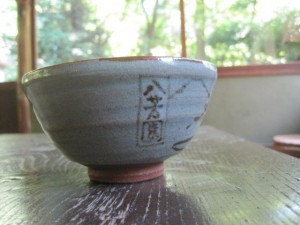
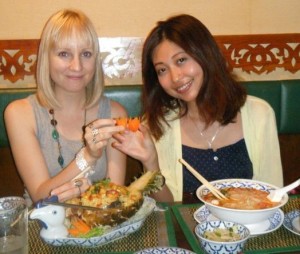
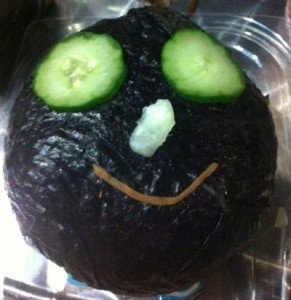

FollowTheVeganWoman: